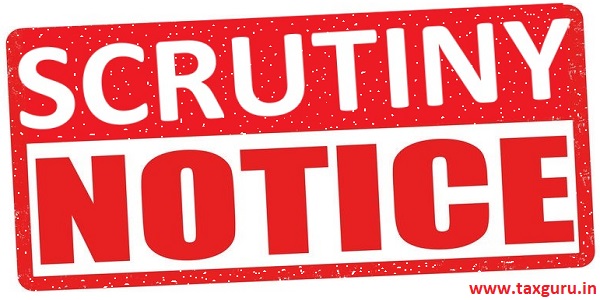
The Los Angeles County Sheriff’s Department had 42 people in its information bureau as of last month, at an annual cost of about $4.8 million. Law enforcement agencies argue that their public affairs teams are essential to getting out vital information quickly and defend the tactics and size of the units. That includes the timely release of footage from body cameras, details about officers who discharge their weapons and other information requested by community members - even if it doesn’t necessarily make the department look good. Some say this should extend to police press shops, which should focus less on advancing a narrative and more on relaying facts without spin. Recent polling shows there is growing support for more extensive, independent oversight of police behavior. And when police spokespeople publicize the prior criminal history of people killed by law enforcement or call them “gang members,” it amounts to an insidious form of police abuse, they say.


But critics say police press operations nearly always put forth a story line that makes officers’ actions appear justified. Inaccurate police accounts are sometimes due to the information fog of a fast-moving event. “Do the police need their own communications teams simply to craft a narrative that best serves their interests?” “We’re spending good money to be lied to,” said Reuben Jones, a criminal justice reform advocate and executive director of Frontline Dads, a group supporting formerly incarcerated people in Philadelphia. In the wake of protests over the killing of George Floyd, there are growing questions over whether these units are serving the public with unbiased facts or are getting in the way of the truth. The units are an influential yet little-examined arm of law enforcement, with staffers sometimes applying the principles of crisis communications when their officers’ actions spark controversy.Īs cellphone videos increasingly draw people to the streets to protest law enforcement, police public information officers are under more scrutiny, with some critics saying their reports protect the image of officers and taint people targeted by police. The evolving narrative of the Robertson shooting is a vivid illustration of the key role that law enforcement public relations units have come to play in shaping the public’s understanding of confrontations with police.

The revelations led a jury to award $3.6 million to Robertson’s family, citing negligence by the deputies.

Two years later, a more close-up video emerged that contradicted the deputies’ claims: Robertson did not point the gun at deputies just before the shooting, and the gun was not loaded.
#Public scrutiny full
A leading activist backed away from calling the killing an “execution,” and the media gave ample coverage of the department’s narrative that Robertson was a persistent threat, having shot into the air before deputies arrived.īut it wasn’t the full account. The move appeared to work: Protests died down once the new material came out. The footage showed deputies shooting a man as he walked away from them and continuing to fire at him, 33 rounds in all, as he crawled on the concrete.Īs protests grew over the shooting, the communications staff within the Los Angeles County Sheriff’s Department advocated for breaking protocol by releasing a new video and image these showed the man, Nicholas Robertson, holding a gun when he was shot on Dec. The cellphone video drew outrage from the moment it surfaced.


 0 kommentar(er)
0 kommentar(er)
